You are here
Reserve Badai-Tugai.
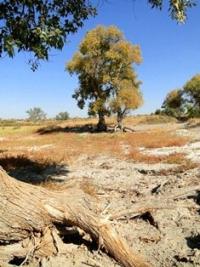
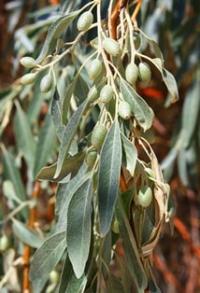
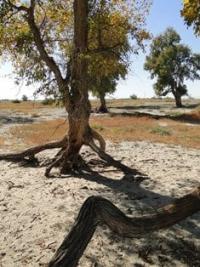
Tours to reserves of Uzbekistan.
“Nature is dispassionate towards man; she is not an enemy and not a friend to him; it is now a convenient, now an uncomfortable field for his activities"
N.G. Chernyshevsky.
Reserves of Uzbekistan.
Location and boundaries of the Badai-Tugai nature reserve.
The reserve is located on the territory of the Beruni region of Karakalpakstan, on the right bank of the Amu Darya River, at the foot of the Sultan-uizdag ridge and is subordinate to the Department of Reserves, National Natural Parks and Hunting Economy of the Main Department of Forestry under the Ministry of Agriculture and Water Resources of the Republic of Uzbekistan.
The territory has an oval shape, oriented from the south-east to the north-west, which is washed from the south by the Amu Darya river and borders on the Taldyk tugai forest, and from the north and north-west it is surrounded by the Kokdarya channel.
In 1969, the upper reaches of the Kokdarya channel at the point of its junction with the Amu Darya were fenced off with a dam, and at present water from the Biybazar collector is discharged into Kokdarya. The reserve zone was allocated to the reserve in 1971 with an area of 1362 hectares.
It is located along the northern and eastern sides of the reserve in a narrow strip from 500 to 700 meters wide. The reserve office is located on the territory. Currently, the reserve employs 21 people, including the Deputy Director for Science, Senior Researcher, Laboratory Assistant and 7 forest inspectors.
Physical and geographical conditions and climate of the Badai-Tugai reserve.
The climate of Karakalpakstan is sharply continental and is characterized by dry, hot summers, cold winters and little precipitation. The continental climate is characterized by large daily, monthly, seasonal and annual air temperature amplitudes, and aridity is characterized by insignificant precipitation.
Winters in Karakalpakstan are very harsh. The coldest month is January, the average monthly temperature is - 5 degrees C. The absolute minimum temperatures in some years go down from 3 to - 32, - 35 degrees.
Winters with little snow. The snow cover is unstable. The duration of individual periods with snow cover in different years ranges from 1 to 44 days. The average height of the snow cover is 4-5 cm, but it can be even higher.
The reserve is located in a very dry area. Precipitation per year falls within 70 - 90 mm and they fall in early spring and autumn. Spring comes in March, the air temperature ranges from +3 to +21 degrees. Precipitation falls within the range from 29 to 61%.
The wind regime is rather monotonous. Northeast winds prevail throughout the year. The highest wind speed is 20 - 25 m / s. falls in the spring (April, May). Summers are very hot and dry, the relative humidity is no more than 23 - 26%.
There is no precipitation in summer. The hottest month is July, the average air temperature reaches +27 - 28 degrees, the average of the absolute maximums is + 44 degrees. Autumn is a very short season (October-November).
Precipitation falls from 3 to 6 mm. Relative air humidity is on average no more than 26 - 56%. The average air temperature ranges from 3.8 to 19.6 degrees.
Fauna of the Badai-Tugai reserve.
Zoogeographically, the territory of the reserve belongs to the northern subzone of the Turan province. The fauna of the reserve is a typical "piece" of the fauna of the tugai forests of the lower reaches of the Amu Darya.
Insects and other invertebrates of the Badai-Tugai nature reserve.
The fauna of invertebrates has not been studied, although here, in terms of species diversity and appearance, they significantly exceed vertebrates. In addition, many species of insects are very rare or endangered. Pointing (Popov, Abdreimov, Tishkov, 1990) to the habitation in the reserve of the machoon, Turkmen motley, black-winged grasshopper, listed in the Red Book of the former USSR, have not yet been confirmed by scientists zoologists.
Fish of the Badai-Tugai reserve.
On the territory of the reserve, 26 species of fish inhabit the Amu Darya river and the Kokdarya channel washing it (Mirzaev, 2005). In the species composition of fish in the Badai-Tugai reserve in 2004, in comparison with the 1973 data, there are some changes associated with the regulation of the Amu Darya runoff, the development of irrigation.
So, for 30 years, such species as thorn, Aral white-eyed, carp, rudd and pike perch have completely disappeared from the ichthyofauna of the reserve. Large and small Amu Darya pseudo-shovelnose live on the swift reaches of the Amu Darya near the sandy spits.
These two species are included in the Red Book of the Republic of Uzbekistan.
In the waters of the Amu Darya, within the reserve, there are bald, asp, Aral barbel, catfish, bream, sabrefish, hate, grass carp, silver carp, etc. Amphibians and reptiles of the Badai-Tugai reserve. The fauna of amphibians in the reserve is scarce.
It is represented by two species: the green toad, which is widespread on the outskirts of the tugai, and the marsh frog, which is found where there are reservoirs with quietly flowing water. On the contrary, reptiles are much more represented.
To date, 13 species of reptiles have been found here. On the outskirts of the taut, the most common are the Central Asian tortoise, the steppe agama. The desert goggaz is common in tugai thickets among last year's fallen turanga leaves.
Gologlaz of its presence lets you know with a rustle emitted by movement on dry fallen leaves and turanga branches. He moves relatively quickly, while being pursued he plunges into heaps of brushwood. At dusk, in the ruins of adobe houses, you can see the Caspian gecko going out to hunt. Among the typical animals of the reserve are the swift and ruled lizard.
The snake is relatively rare in comparison with lizards. Here you can see on the Kokdarya channel among the boulders and roots of trees of a water snake, and among the thickets of willow, an arrow-snake was found.
The patterned snake was found among the taut herbaceous vegetation and in the walls of the barnyard. Two other runners - striped and spotted - are found in the fortress wall of Dzhanpyk kala - a medieval fortress.
Tourism in the Badai-Tugai nature reserve.
Reserve "Badai-Tugai" protecting wild nature, in the adjacent territory - in the protected zone, has historical and cultural monuments of the Middle Ages and being on the way of the "Great Silk Road", currently can offer services for the creation and testing of a development plan for scientific and educational, scientific and ecological tourism without damaging the protected area.
Route "Silk Road - Khorezm - reserve" Badai-tugay ".
Species included in the Red Data Books of the IUCN and the Republic of Uzbekistan.
Flora of the Badai-Tugai nature reserve:
1. Tulipa binutans.
2. Sogdian tulip
Fish of the Badai-Tugay reserve:
1. Aral thorn (IUCN)
2. Big Amu Darya false shovelnose (IUCN)
3. Small Amu Darya false shovelnose (IUCN)
4. Aral white-eyed
5. Aral barbel
Birds of the Badai-Tugai nature reserve:
1. Small cormorant (IUCN).
2. Serpentine.
3. Saker Falcon.
4. Brown pigeon (IUCN).
Mammals of the Badai-Tugai reserve:
1. Bukhara deer (IUCN)
Geographic coordinates of the Badai-Tugay reserve: N41 ° 59'54.46 "E60 ° 22'19.65"
Badai-Tugay reserve address:
74364, Republic of Karakalpakstan, Beruniy district, Kuralpa peninsula, village 81 km.
Tel. 8 361 7248614, 8361 352 49 18, 8361 3522287.
Transport: Tashkent - Nukus (plane), then by bus Nukus - Beruni to the Badai-Tugai nature reserve (1.5 - 2 hours).
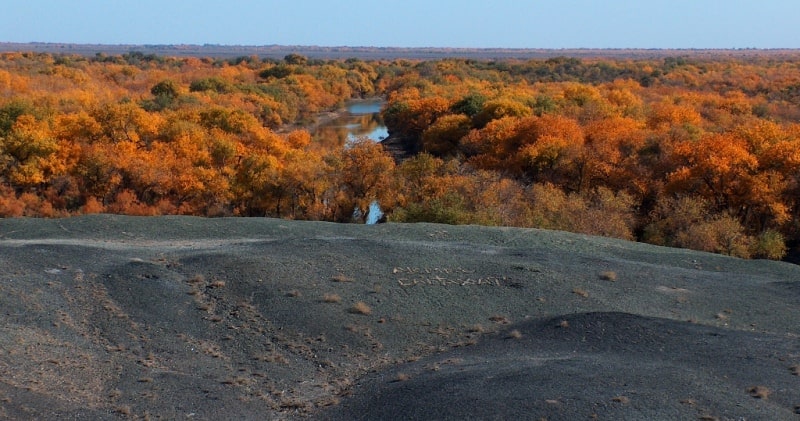
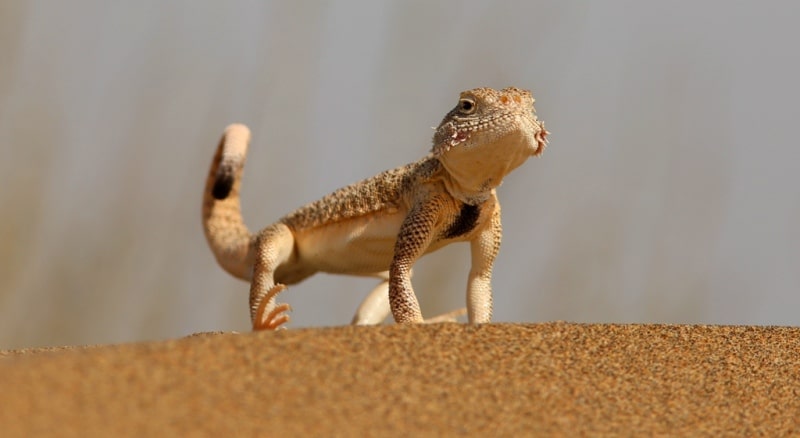
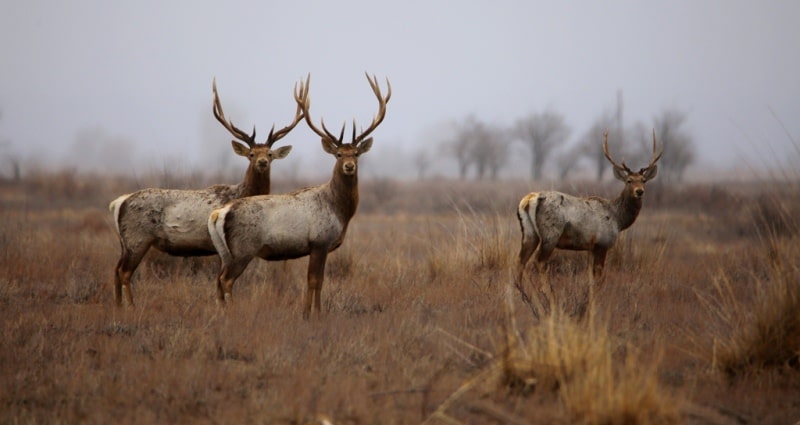


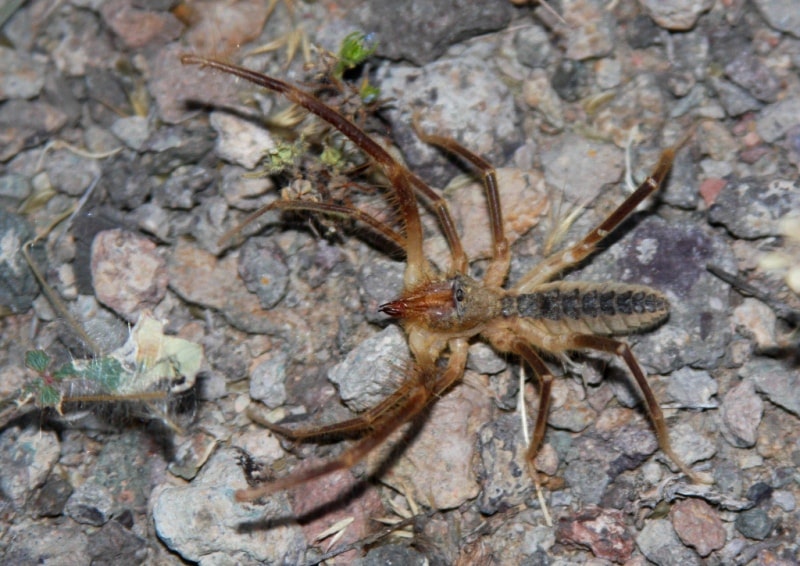
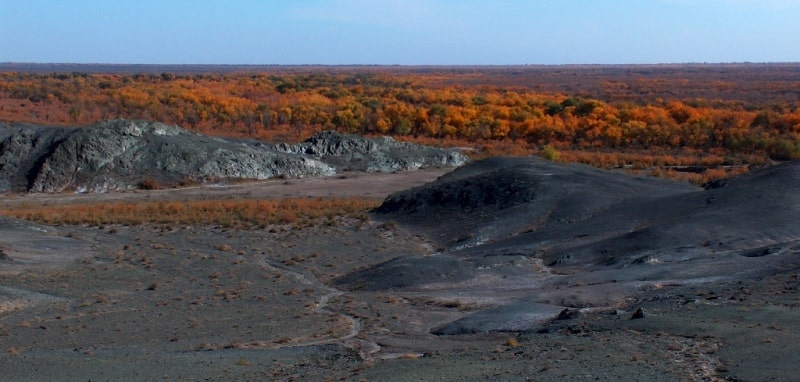
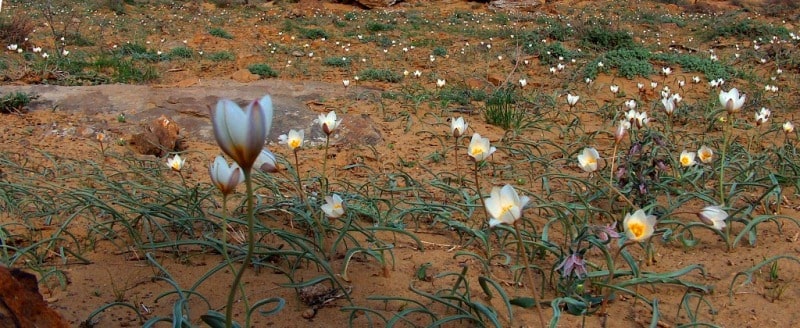

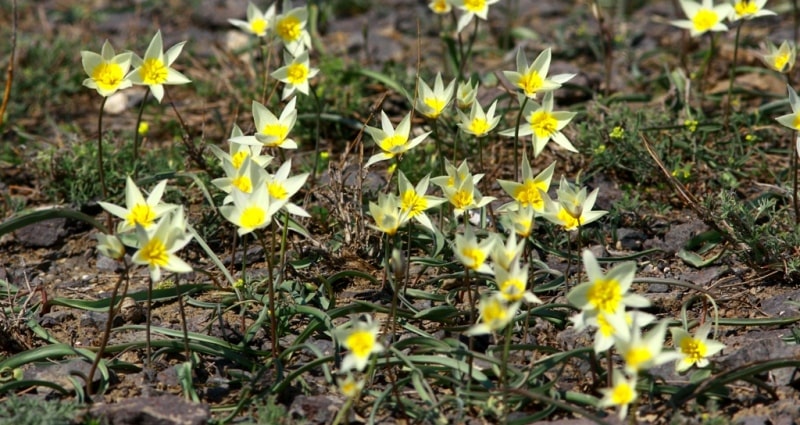

Authority:
https://uzb.ucoz.ru/index/badaj_tugaj/0-178
Photos by
Alexander Petrov.







